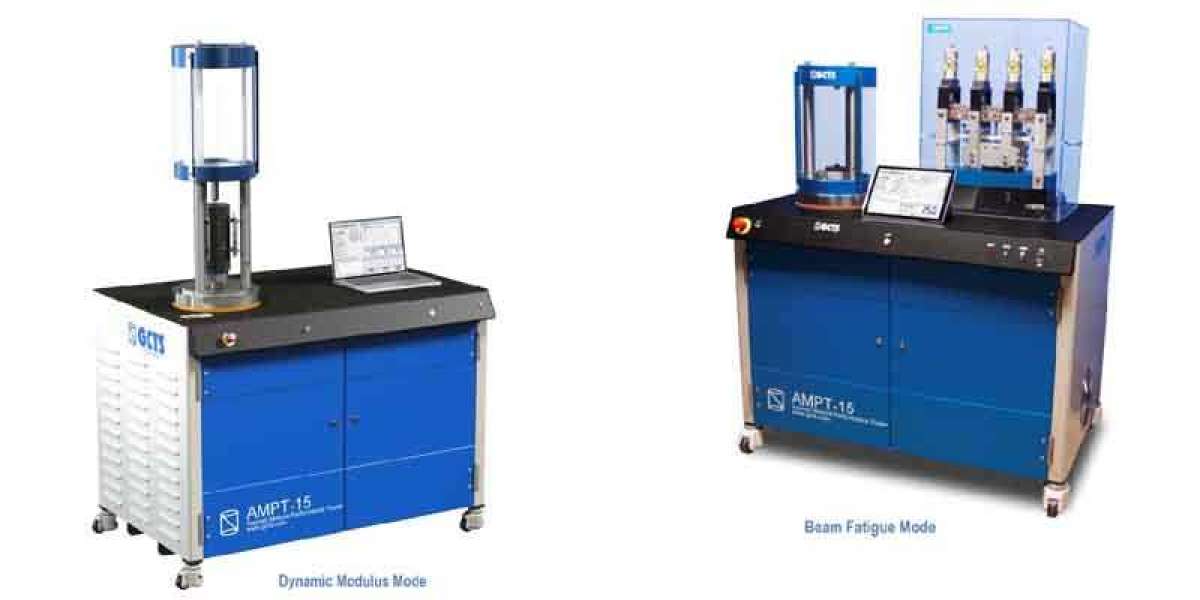The construction industry has always been a fertile ground for innovation. However, in 2024, the pace of technological advancement has accelerated like never before. From 3D printing to artificial intelligence (AI), new tools and methodologies are revolutionizing the way we build. These innovations are not only increasing efficiency and reducing costs but also paving the way for more sustainable and resilient infrastructure. This article explores some of the most exciting construction trends and innovations shaping the industry in 2024.
1. 3D Printing in Construction
3D printing has emerged as one of the most groundbreaking technologies in the construction sector. It enables the creation of complex structures with unprecedented precision and speed. In 2024, we are witnessing 3D printing being used to build entire homes, commercial buildings, and even bridges. This technology uses various materials, such as concrete, metal, and polymers, to create layered structures directly from digital blueprints.
One of the major advantages of 3D printing in construction is its ability to reduce waste significantly. Traditional construction methods often result in excess materials being discarded, whereas 3D printing uses only the amount of material necessary for the structure. Furthermore, it opens up new possibilities for creating intricate designs that were previously impossible or too expensive to build.
2. Artificial Intelligence and Machine Learning
Artificial Intelligence (AI) and Machine Learning (ML) are no longer just buzzwords in construction; they are integral components of the modern construction site. These technologies are being used to analyze large sets of data, predict potential project delays, optimize resource allocation, and enhance safety.
For example, AI-powered software can monitor real-time data from construction sites to detect potential hazards. This technology can analyze patterns from past incidents to predict and prevent future accidents, thereby enhancing worker safety. Additionally, AI is helping to automate repetitive tasks, such as scheduling and material management, allowing project managers to focus on more strategic decisions.
3. Sustainable Building Materials
Sustainability is at the forefront of construction innovations in 2024. The industry is under increasing pressure to reduce its carbon footprint, and one way to achieve this is through the use of sustainable building materials. Innovations such as carbon-negative concrete, recycled steel, and biodegradable insulation materials are becoming more prevalent.
Moreover, the concept of "green buildings" is being taken to the next level with the integration of renewable energy sources, such as solar panels and wind turbines, into building designs. These advancements are reducing the environmental impact of construction projects and creating more energy-efficient structures.
4. Robotics and Automation
Robotics and automation are revolutionizing the construction industry by enhancing productivity and reducing labor costs. Robotic bricklayers, automated cranes, and drones for site surveying are just a few examples of how automation is being integrated into construction projects.
In 2024, robotic exoskeletons are also gaining traction, assisting workers in lifting heavy objects and reducing the risk of injuries. Automated machinery is making construction sites safer and more efficient, while also addressing labor shortages that have plagued the industry for years.
5. Building Information Modeling (BIM)
Building Information Modeling (BIM) continues to be a game-changer in construction. BIM involves creating a digital representation of a building's physical and functional characteristics, allowing for more efficient planning, design, and construction.
In 2024, BIM technology has evolved to incorporate AI and augmented reality (AR), enabling architects, engineers, and construction teams to visualize projects in new ways. This integration allows for better collaboration among stakeholders and minimizes errors during the construction process.
6. Internet of Things (IoT) in Construction
The Internet of Things (IoT) is creating smarter construction sites by connecting machinery, tools, and workers to a central network. IoT sensors can monitor equipment health, track material usage, and even ensure that workers are wearing the correct safety gear.
In 2024, IoT is also playing a critical role in predictive maintenance. By collecting and analyzing data from equipment, IoT systems can predict when a machine is likely to fail, allowing for preemptive repairs and reducing downtime. This capability not only enhances efficiency but also extends the lifespan of construction equipment.
7. Advanced Testing and Quality Assurance
Quality assurance remains a vital component of any construction project, and in 2024, there are several innovations aimed at enhancing this aspect. Ultrasonic Pulse Velocity (UPV) test services are increasingly being used to assess the quality of concrete structures. The UPV test is a non-destructive method that measures the velocity of ultrasonic pulses passing through the concrete. It helps in detecting flaws, cracks, and voids, ensuring that the construction materials meet the required standards.
As demand for high-quality, durable structures grows, the need for reliable UPV test services is on the rise. This trend highlights the construction industry's commitment to safety and longevity, ensuring that buildings stand the test of time while complying with stringent regulatory requirements.
8. Modular and Prefabricated Construction
Modular and prefabricated construction is another trend gaining momentum in 2024. This approach involves manufacturing building components in a controlled factory environment and assembling them on-site. It significantly reduces construction time, minimizes waste, and lowers costs.
In 2024, advancements in prefabrication techniques are allowing for more customization and scalability. Complex designs can now be prefabricated with precision, making this approach suitable for a wide range of projects, from single-family homes to large-scale commercial buildings.
9. Augmented Reality (AR) and Virtual Reality (VR)
AR and VR technologies are transforming the way construction projects are planned, designed, and executed. In 2024, these technologies are being used for everything from virtual site tours to worker training and safety drills.
For instance, AR can overlay digital information onto a physical construction site, helping workers visualize the project in its final form. This capability reduces errors and rework, saving time and money. VR, on the other hand, is being used for immersive training experiences, enabling workers to practice in a safe, virtual environment before stepping onto the construction site.
10. Digital Twins
Digital twin technology is becoming increasingly popular in construction. A digital twin is a virtual replica of a physical building that is continuously updated with real-time data from sensors embedded in the building. This technology allows for real-time monitoring and maintenance, predicting issues before they become major problems.
In 2024, digital twins are being used not only for new constructions but also for the renovation and maintenance of existing structures. They provide invaluable insights into a building's performance, helping owners and managers make informed decisions about maintenance and upgrades.
Conclusion
The construction industry is on the cusp of a technological revolution, with innovations like 3D printing, AI, robotics, and sustainable materials leading the charge. As these trends continue to evolve, they promise to make construction more efficient, safer, and environmentally friendly. With advancements such as UPV test services ensuring quality assurance, and digital tools like AR, VR, and digital twins transforming project management, the future of construction looks promising. Embracing these innovations will not only enhance productivity and reduce costs but also shape the built environment of tomorrow.







